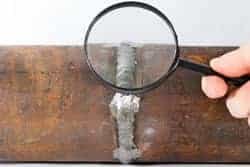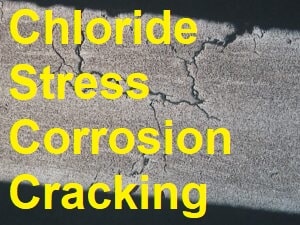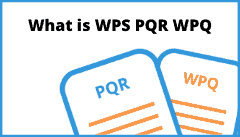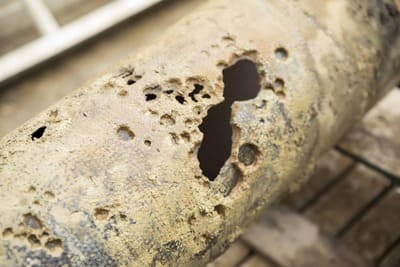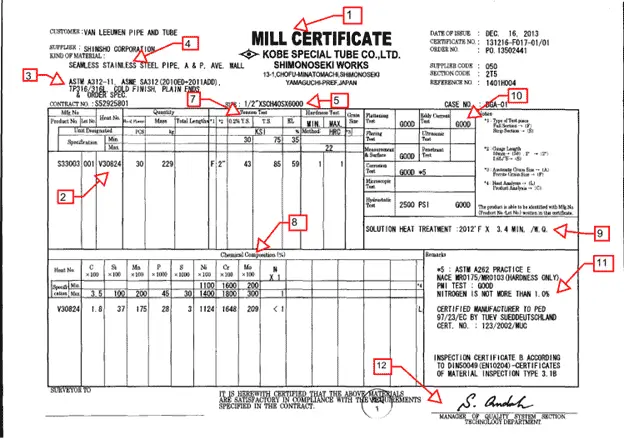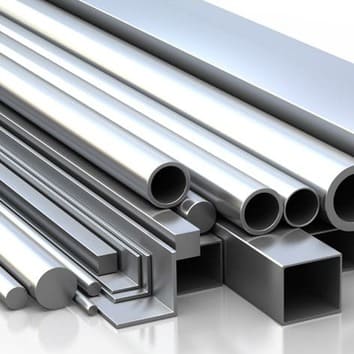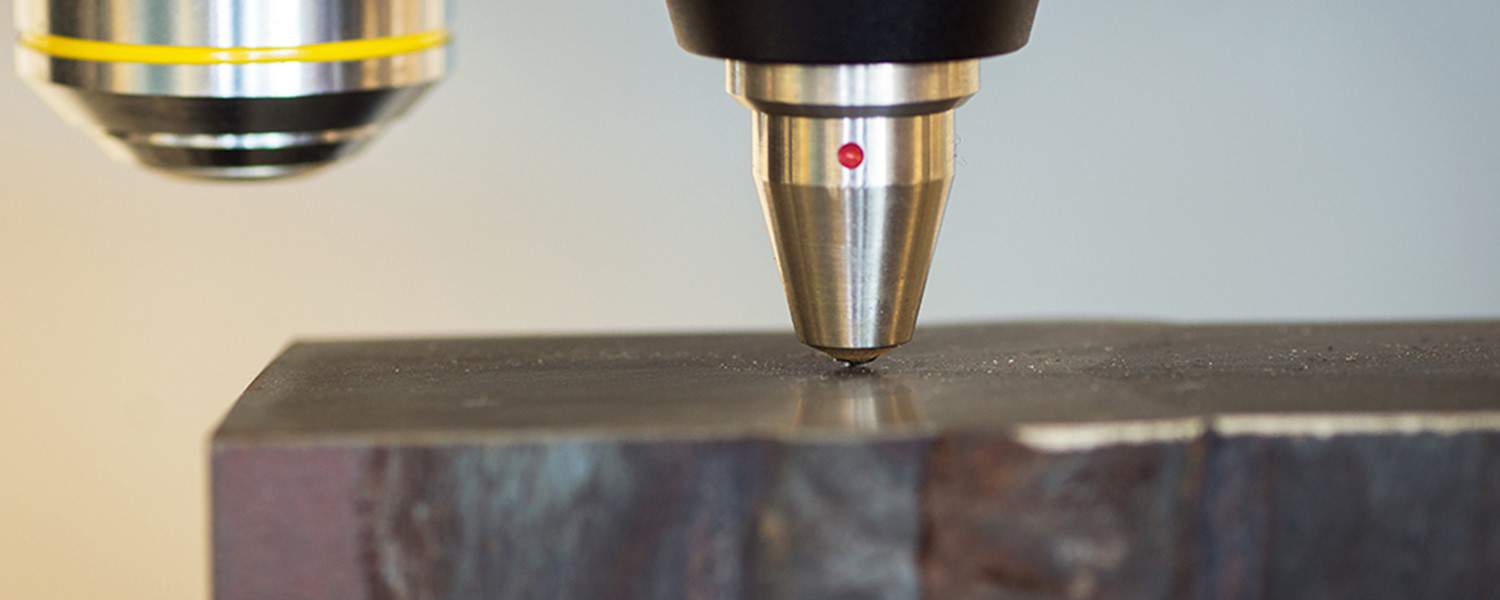CORROSION TESTS
Weldments that are expected to function in a corrosive liquid, solid, or gas may be subjected to suitable laboratory-type corrosion tests, which give partial but satisfactory information on how the weldment will behave in actual service conditions.
Corrosion tests are specified in only a few codes and specifications because most alloys and welding consumables are selected for specific applications by previous experience.
In the welding field, corrosion tests are carried out on welded joints of stainless steel and nickel alloys to evaluate their resistance to corrosion environments in service.
There are various forms of corrosion tests and they all consist of making a welded specimen in a relatively thin material and immersing it in a reagent at a definite temperature and for a definite length of time as stipulated by relevant codes or specifications.
Most relevant among them are those designed to test resistance to pitting corrosion or inter-crystalline corrosion.
In welding technology, intercrystallite corrosion is alternately termed as sensitization, carbide precipitation, and weld decay.
A suitable test for pitting corrosion is described in ASTM G48, “Standard test methods for pitting & stainless steel crevice corrosion resistance & related alloys using the ferric chloride solution”.
ASTM Evaluation tests For Corrosion Testing
The various ASTM Evaluation tests for detecting inter-crystalline corrosion are summarized below:
1. A 262 Practice A
This is an oxalic acid etch test. The test consists of electrolytically etching a polished sample in 10 weight percent (wt %) oxalic acid solution at room temperature at lamp/ cm2 for 1.5 min.
In this test, chromium carbide or nitride is dissolved preferentially and the microstructure gives an idea of chromium depletion which is responsible for the intergranular attack.
If there is no chromium carbide present, steps are produced at the grain boundaries due to differences in the rate of etching of variously oriented grains. This test is useful for screening alloys for other tests.
2. A 262 Practice B
This is a ferric sulfate test to be applied on austenitic stainless steel. In this test, a sample of surface area 5-20 cm2 is exposed for a period of 120 hours to a boiling 600 ml solution of 50 wt% H2SO4+ 2.5 wt% Fe, (SO4), in an Erlenmeyer flask fitted with an Allihn condenser.
The samples are weighed before and after exposure and the corrosion rate is calculated from the weight loss.
It detects susceptibility associated with sigma-phase in chromium-nickel-molybdenum stainless steels (316,316L, 317,317L), which is a cause that leads to a rapid intergranular attack mainly in some specific nitric acid environments.
This test does not locate end grain attach susceptibility, which is only found in some HNO3 acid environments.
The ferric sulfate- sulphuric acid test does reveal susceptibility associated with a sigma-like-phase constituent in stabilized stainless steels, AISI 321 and 347 grades.
3. A 262 Practice C
This is a nitric acid test, also known as the Huey Test. In this test, weighed samples of 20-30 cm2 area are exposed to 600 ml of boiling 65 wt% HNO3 in a one-liter flask fitted with a reflux condenser for five 48-hour periods.
After each 48-hour period, the solution in the flask is changed and the sample is weighed. The corrosion rate for each period and the average for the five periods are determined.
The test detects susceptibility to rapid IGC or intergranular attack connected with chromium (Cr) carbide precipitate & with sigma-like-phase precipitate.
Sigma-like-phase precipitate occurs in Moly-bearing alloys & also in austenitic stainless stabilized grades such as SS321 & Ss347 types.
Such attacks might not be seen using a microscope. This test also reveals susceptibility to end-grain attack in all grades of stainless steel.
4. A 262 Practice D
This is a nitric-hydrofluoric acid test. In this test, samples are tested in 10% HNO3-3% HF solution at 70° C for two 2-hour periods (fresh solution is used for each period).
The test is applicable only to molybdenum-bearing grades of austenitic stainless steels (AISI 316, 316L, 317, 317L) & exposes only intergranular attack susceptibility related to chromium carbide (Cr3C2) precipitates, Intergranular attack associated with sigma-phase or end-grain corrosion have not yet been observed to lead to a rapid intergranular attack on certain nitric acids.
5. A 262 Practice E
This is a copper sulfate-sulphuric acid test. In this test, the specimen is embedded in metallic copper chips and then immersed in boiling 6 wt % anhydrous copper sulfate and 16 wt %sulphuric acid for 24 hours.
Following the test, the test coupon is bent at 180° using a mandrel having a diameter equal to the test specimen thickness. The bent specimen is then examined under low (5 to 20x) magnification.
6. A 708
This test is similar to A 262 Practice E, except that the solution of copper sulfate-sulphuric acid is used without the addition of copper and the test duration is 72 hours.
7. G28
While all the above tests are meant for austenitic stainless steel alloys, this test is meant for nickel alloys such as Hastelloy, Inconel, Incoloy, and Carpenter 20 Cb-3. The test procedure is exactly similar to A 262 Practice B.
WHY CORROSION TEST MATTER?
As a Corrosion Engineer, you know that Corrosion never sleeps. Left unchecked, corrosion can quickly eat away at the materials by damaging your products and reducing their life & integrity.
You need to find ways to protect your metals from corrosion, and one common way to do this is through a corrosion test.
SALT SPRAY CORROSION TEST
Salt spray corrosion is a type of corrosion that is caused by the reaction of a metal with salt solutions. This type of corrosion can be particularly damaging to metals, as it can lead to the formation of pits and holes in the surface of the metal.
Read more: What is Salt Spray Test & Procedure?
There are a number of different test methods that can be used to assess the susceptibility of a metal to salt spray corrosion. One such test is the ASTM B117 test method.
The ASTM B117 test method involves exposing a metal sample to a salt spray solution for a period of time.
The amount of corrosion that occurs on the surface of the metal is then assessed. This test can be used to help determine how well a metal will resist corrosion in environments where salt solutions are present.
The most common way to perform a salt spray corrosion test is by using a salt spray cabinet. The cabinet is filled with a salt solution that is aerosolized, creating a mist. The mist then comes into contact with the metal specimen being tested.
The cabinet is typically set to maintain a temperature of 35 degrees Celsius and a relative humidity of 95%. This environment causes accelerated corrosion of the metal.
The salt spray corrosion test is used to evaluate the corrosion resistance of metals, alloys, coatings, and plastics.
It can be used to assess the performance of materials in both atmospheric and marine environments. The test can be used to evaluate new materials or to compare different materials.
Similar Posts:
